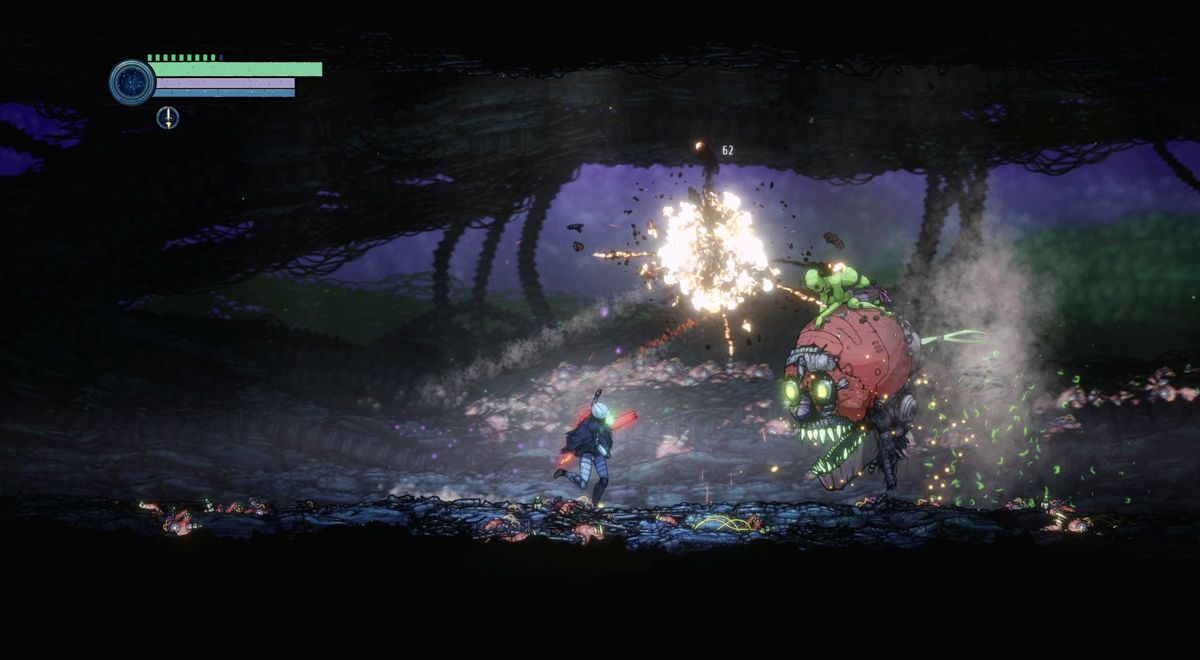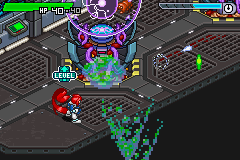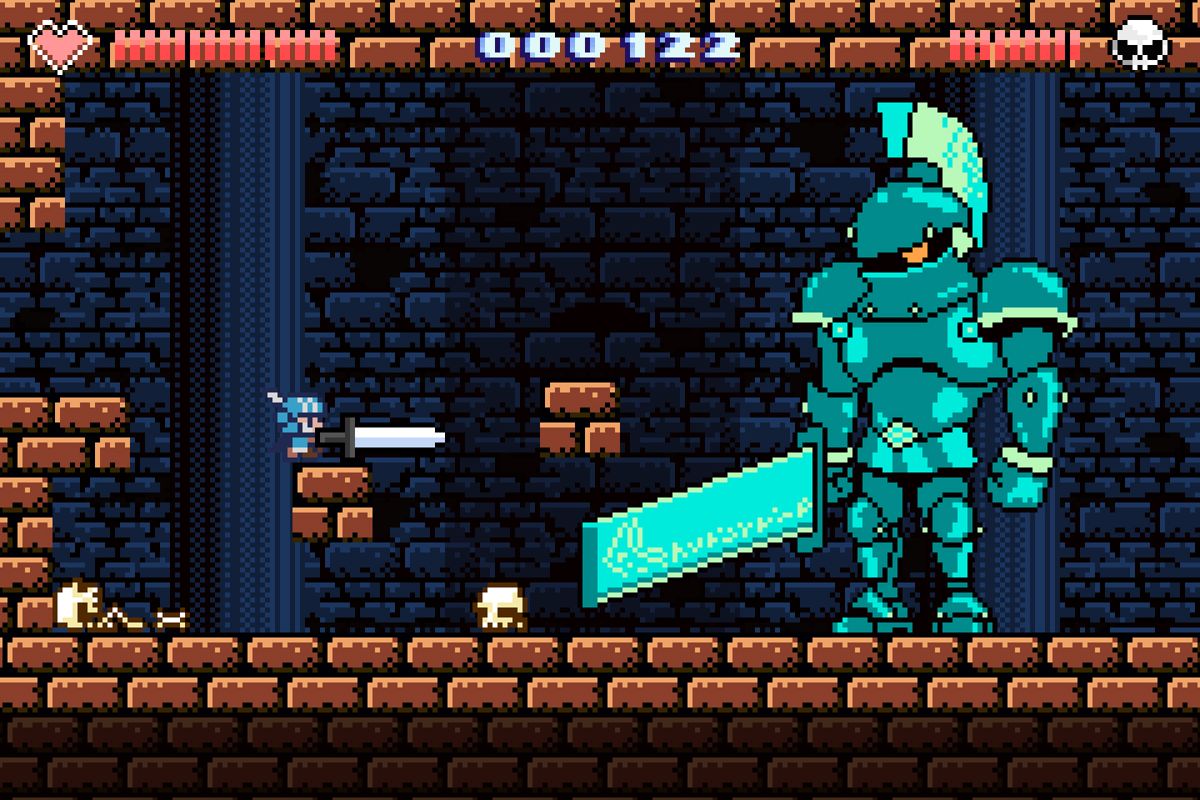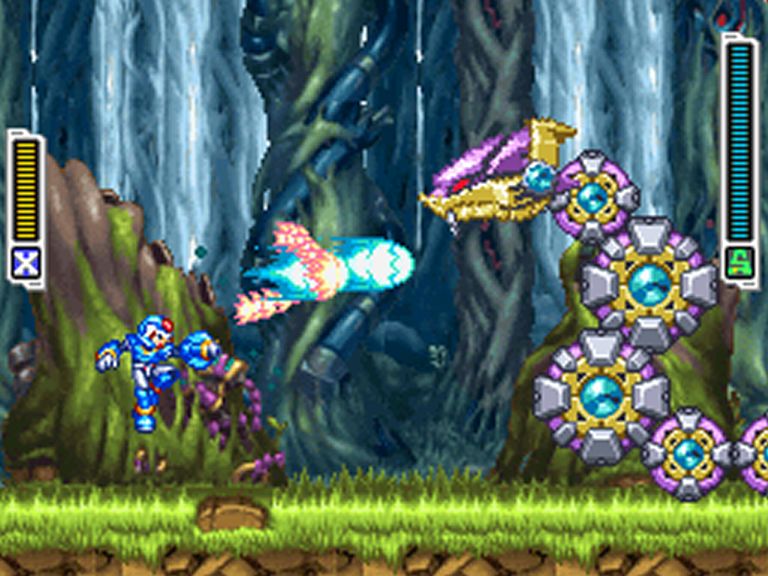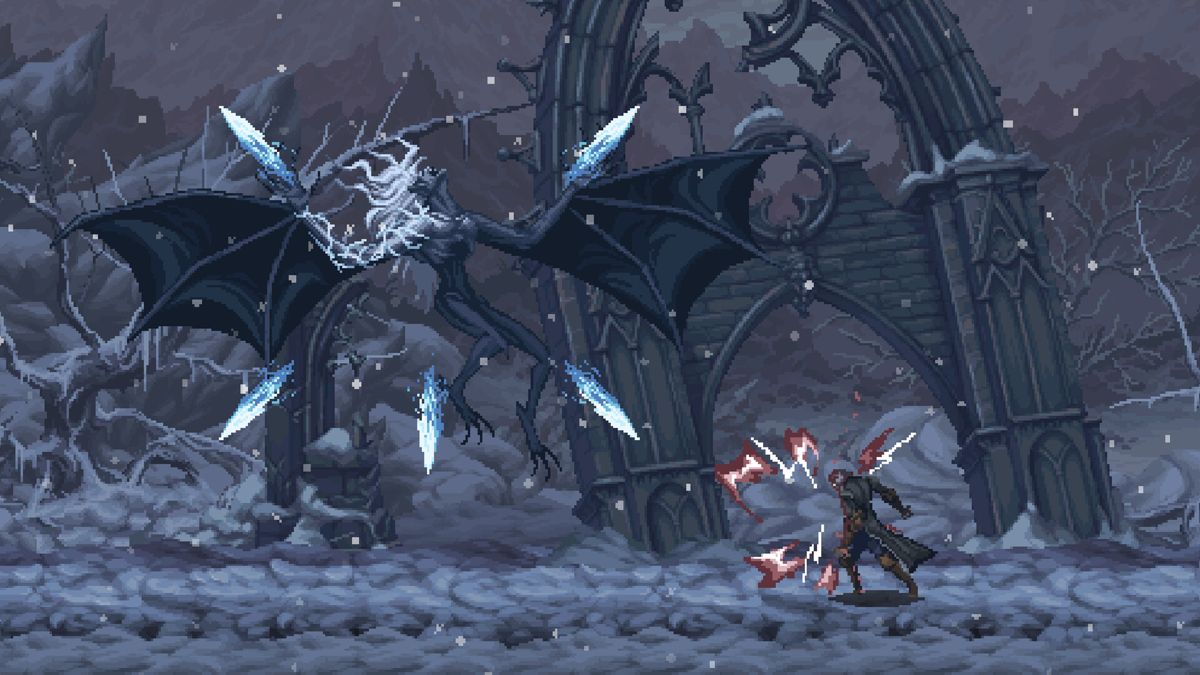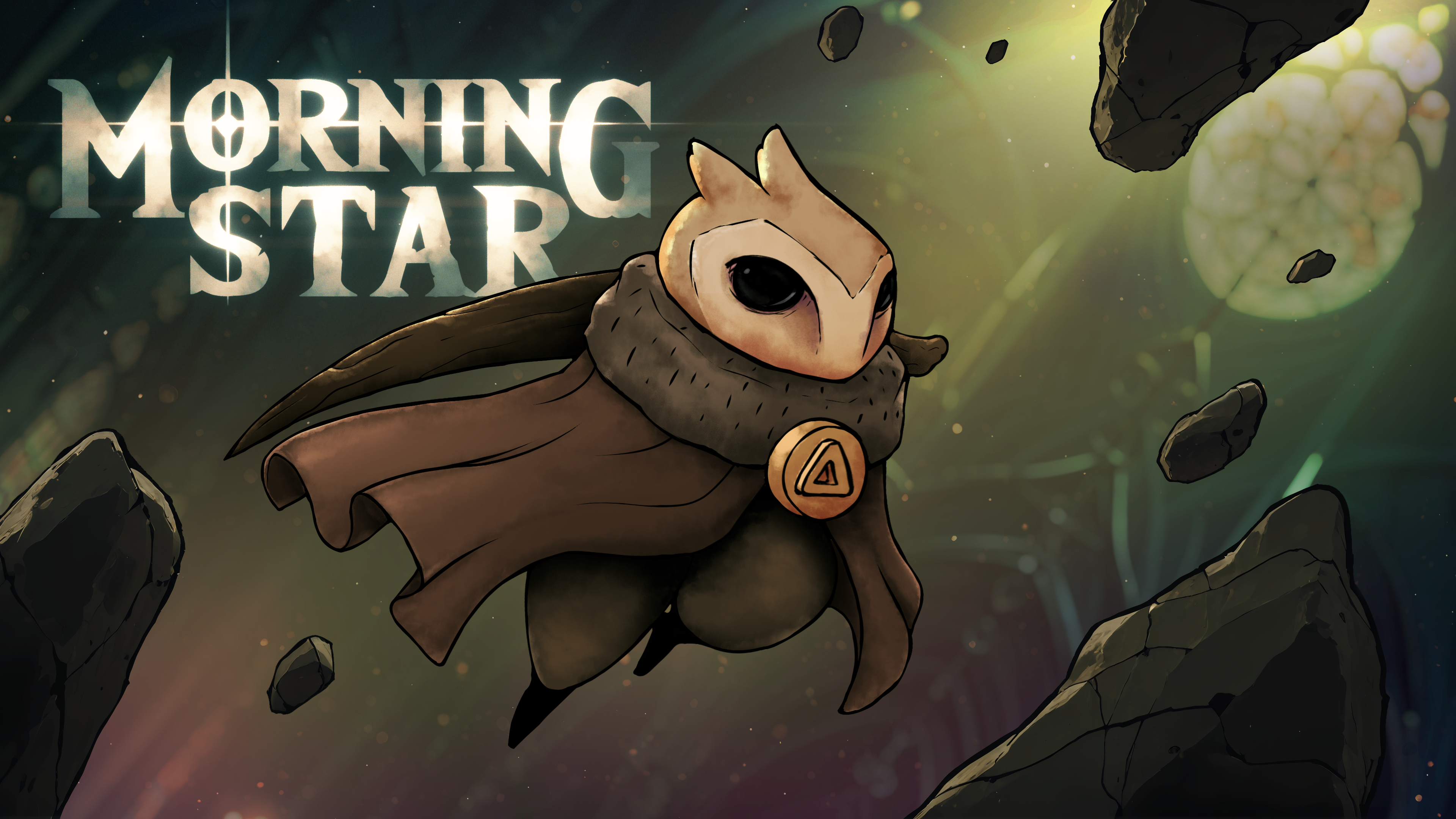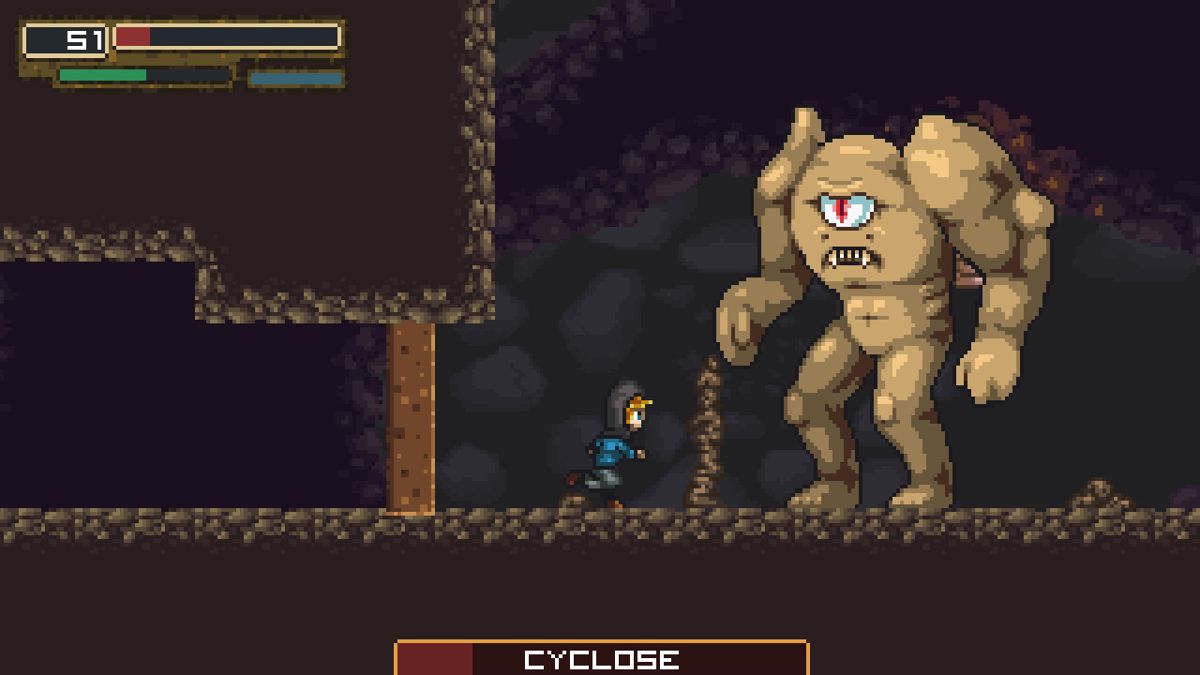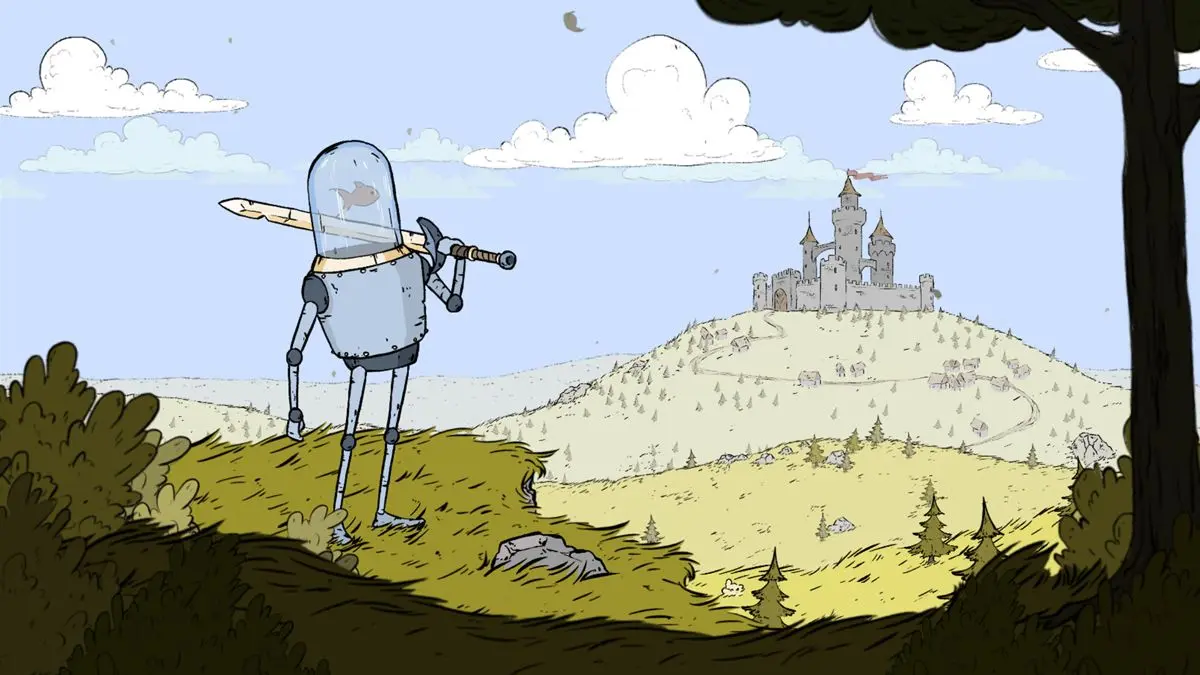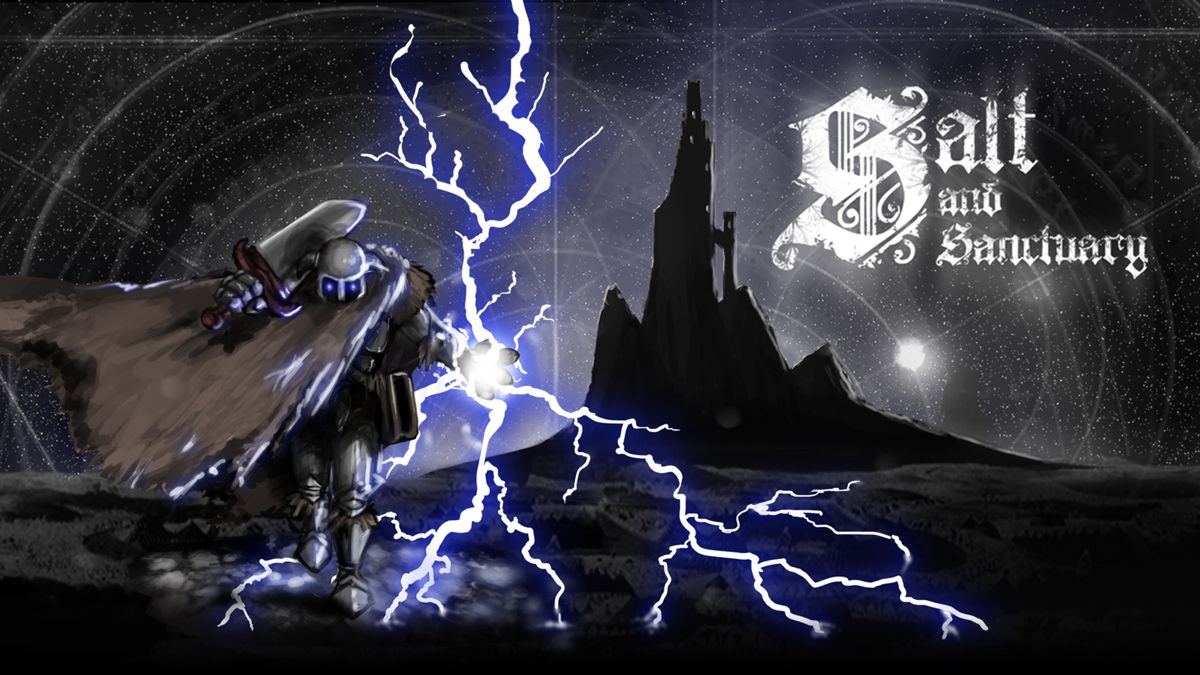Results
Ghost Song
igavania, sci-fi, challenging
Ghost Song is a Metroidvania-style game developed by Old Moon and published by Humble Games in 2022. Here are some key aspects of the game: 1. Setting: The game takes place on the desolate moon of Lorian, featuring a mysterious and atmospheric sci-fi environment with bio-mechanical elements. 2. Narrative: The story follows a female protagonist who awakens from a long slumber with no memory of her past. The narrative unfolds through environmental storytelling and interactions with other characters. 3. Combat system: Ghost Song features a unique blend of ranged and melee combat. The protagonist's arm cannon can be charged for more powerful shots, and there's a risk-reward system where players can sacrifice health for increased firepower. 4. Upgrade system: Rather than traditional experience points, the game uses a "Nanogel" system for upgrades. Players can choose to enhance either their health or weapon energy, creating a strategic element to character progression. 5. Sound design: The game features an atmospheric soundtrack that adapts to different areas and situations, enhancing the eerie and isolated feel of the moon. 6. Boss design: Bosses in Ghost Song are often large, intimidating creatures that require learning attack patterns and exploiting weaknesses to defeat. 7. Interconnected world: The map design features multiple paths and shortcuts, encouraging exploration and backtracking with new abilities. 8. Visual style: The game employs a hand-drawn art style with detailed backgrounds and character designs, mixing organic and mechanical elements. 9. Difficulty balance: Ghost Song aims for a challenging but fair difficulty curve, with save points strategically placed before difficult encounters. 10. Hidden lore: Much of the game's backstory and world-building is tucked away in optional areas and interactions, rewarding thorough exploration. Ghost Song stands out in the Metroidvania genre with its unique setting, atmospheric storytelling, and blend of combat styles, offering a fresh take on familiar gameplay mechanics.
Scurge: Hive
sci-fi, challenging, varied biomes
Scurge: Hive, released in 2006, is a third-person shooter game developed by Tragical and published by Kheops Studio. While it shares some standard elements with other games in the action-horror genre, Scurge: Hive sets itself apart with its distinct atmosphere and gameplay mechanics. The game takes place in a dystopian, post-apocalyptic world overrun by a mysterious alien infestation known as the "Hive." The player assumes the role of a mercenary tasked with navigating through this hostile environment, battling against hordes of grotesque, mutated creatures. One of the standout features of Scurge: Hive is its emphasis on ammo and resource management. Ammunition is scarce, forcing players to carefully plan their attacks and prioritize headshots for maximum efficiency. Additionally, the game introduces a unique "nano-forge" system, which allows players to craft and upgrade their weapons using materials scavenged from the environment. The game's level design is noteworthy, with intricate and interconnected environments that encourage exploration and backtracking. Players must navigate through claustrophobic corridors, dilapidated buildings, and underground tunnels, all while fending off relentless enemy attacks from multiple angles. Scurge: Hive's combat mechanics are intense and unforgiving. Enemies exhibit intelligent behavior, often flanking or overwhelming the player with sheer numbers. The game also features a dynamic damage system, where different body parts can be targeted and dismembered, adding a brutal layer of realism to the combat. While the game's graphics may have aged, the atmospheric design and sound design still hold up remarkably well. The eerie, industrial soundscape and unsettling ambient noises contribute to the game's overall sense of dread and tension. Despite its niche status, Scurge: Hive has garnered a dedicated cult following among fans of the action-horror genre, particularly those who appreciate its challenging gameplay, resource management elements, and uncompromising difficulty.
Castle in the Darkness
fantasy, challenging, hidden areas
Castle in the Darkness (2015) is a Metroidvania-style action-platformer developed by BEHNAVSH. While it follows the familiar formula of the genre, it distinguishes itself with its unique aesthetic and atmospheric horror elements. The game's pixelated art style is heavily inspired by the Philips Videopac+ and Atari 2600 era, with a limited color palette and chunky sprites. However, the visuals are more than just a nostalgic throwback, as they effectively contribute to the game's unsettling and eerie ambiance. The game's narrative is minimalistic, leaving much to the player's interpretation. You take on the role of a nameless protagonist who finds themselves trapped within the confines of a foreboding castle. As you explore the labyrinthine corridors and interconnected rooms, you'll uncover clues about the castle's dark history and the fate of its former inhabitants. One of the standout features of Castle in the Darkness is its emphasis on environmental storytelling. The game's world is meticulously crafted, with each area conveying a distinct atmosphere and revealing snippets of lore through carefully placed details and imagery. Combat in the game is challenging but satisfying, requiring precise timing and strategic use of your character's limited arsenal. Enemies are varied and often pose unique threats, forcing you to adapt your playstyle and approach encounters tactically. In addition to combat, the game features intricate platforming sequences and puzzles that often require backtracking and utilizing newly acquired abilities or items. This encourages exploration and rewards players who take the time to uncover the castle's hidden secrets. While Castle in the Darkness may initially seem like a straightforward retro-inspired platformer, its atmospheric horror elements, environmental storytelling, and challenging gameplay make it a standout entry in the Metroidvania genre.
Mega Man ZX
sci-fi, pixel art, challenging
Mega Man ZX, released in 2006 for the Nintendo DS, is a departure from the traditional Mega Man formula while still retaining the core gameplay elements that fans of the series have come to love. Set in a post-apocalyptic world, the game introduces a new protagonist named Vent (or Aile in the case of the female counterpart) who possesses the ability to merge with Cyber-Elves and Biometals, granting them unique abilities and transformations. One of the standout features of Mega Man ZX is its mission-based structure, which allows players to tackle levels in a non-linear fashion, adding a degree of freedom and replayability. The game also incorporates elements of exploration and backtracking, encouraging players to revisit previous areas with newly acquired abilities to uncover hidden secrets and pathways. The game's combat system is robust, with the ability to switch between different Biometal forms mid-battle, each with its own unique set of abilities and weapons. This adds depth to the combat mechanics and encourages players to strategize and adapt their playstyle to different enemy encounters. Mega Man ZX also features a robust online multiplayer component, allowing players to engage in cooperative and competitive modes, adding longevity to the game's overall experience. The game's visual style is a departure from the traditional 8-bit and 16-bit aesthetics of previous Mega Man games, opting for a more modern and detailed 3D cel-shaded look, while still retaining the iconic character designs and enemy sprites that fans have come to recognize. Overall, Mega Man ZX successfully blends classic Mega Man gameplay with fresh mechanics and an engaging narrative, offering a refreshing take on the long-running franchise while still staying true to its roots.
The Last Faith
igavania, pixel art, challenging
The Last Faith is a 2D side-scrolling action-platformer released in 2023, developed by Kumi Souls Games and published by Playstack. It falls firmly within the Metroidvania subgenre, with clear inspirations from games like Castlevania: Symphony of the Night and Bloodborne. The game is set in a dark, gothic world and features pixel art graphics with detailed backgrounds and fluid animations. Players control a character named Eric, exploring a vast, interconnected world filled with hostile creatures and challenging boss encounters. As typical for the genre, The Last Faith emphasizes exploration and character progression. Players gradually unlock new abilities and weapons that allow access to previously unreachable areas. The combat system is fast-paced and punishing, incorporating elements reminiscent of Soulslike games, including a stamina system and high difficulty. The Last Faith distinguishes itself with its intricate level design, atmospheric soundtrack, and a blend of melee and ranged combat options. The game also features multiple endings, encouraging replayability and thorough exploration. Given your familiarity with the genre, you'll likely appreciate The Last Faith's attempt to merge classic Metroidvania elements with more modern Soulslike mechanics, creating a challenging and atmospheric experience that pays homage to its influences while carving out its own identity.
Morning Star
wall jump, challenging, collectibles
Morning Star is an atmospheric Metroidvania that plunges you into a mysterious world filled with both haunting darkness and breathtaking beauty. As a cloaked figure with no memory of your past, you wield a powerful weapon and embark on a journey through a vast, interconnected realm. Along the way, you'll uncover secrets, confront terrifying creatures, and piece together a story that forces you to question your identity.h
Inexistence
environmental storytelling, mysterious, dark
Inexistence (2016) is a narrative-driven, first-person psychological horror game developed by Ninja Theory. Set in a surreal and ever-changing nightmare world, the game explores themes of trauma, mental illness, and the fragility of the human psyche. One of the game's standout features is its dynamic environment, which constantly shifts and distorts in response to the player's actions and emotional state. The game employs a unique "fracture" mechanic, where the very fabric of reality fractures and warps, creating unsettling and haunting scenarios that challenge the player's perception of reality. The game's narrative is non-linear and fragmented, reflecting the protagonist's fractured psyche. Players must piece together the protagonist's past and unravel the underlying mystery behind their harrowing experiences through environmental storytelling and cryptic clues scattered throughout the nightmarish landscapes. Inexistence is renowned for its atmospheric sound design and haunting score, which heighten the sense of dread and unease. The game's visual style is a blend of photorealistic and surreal elements, creating a disorienting and oppressive atmosphere that keeps players on edge. One of the game's most distinctive features is its lack of traditional combat mechanics. Instead, players must navigate the ever-changing environments and confront their deepest fears through exploration, puzzle-solving, and careful observation of their surroundings. Inexistence received critical acclaim for its innovative approach to storytelling, immersive atmospheric design, and thought-provoking exploration of mental health themes. However, some critics noted that its abstract nature and lack of clear objectives could be off-putting for players seeking a more traditional narrative experience.
Feudal Alloy
low fantasy, grindy, pixel art
No synopsis available.
Salt and Sanctuary
platformer, low fantasy, high fantasy
Salt and Sanctuary is a challenging 2D action-platformer with a deep, interconnected world and Souls-like combat. Players must navigate a mysterious, hand-drawn world, overcome treacherous foes, and uncover the secrets of a forgotten land.
Iconoclasts
environmental puzzles, pixel art, challenging
Iconoclasts is a metroidvania-style action-platformer developed by Joakim Sandberg, a single developer who worked on the game for over seven years. While it follows many of the genre conventions, such as nonlinear level design and ability-gated progression, Iconoclasts stands out for its compelling narrative and world-building. The game takes place in a dystopian steampunk world where religious zealots rule with an iron fist, oppressing anyone who dares to question their dogma or tinker with technology. You play as Robin, a skilled mechanic who becomes embroiled in a rebellion against the tyrannical regime. The story tackles mature themes of religion, morality, and the consequences of blind obedience, exploring them with nuance and depth rarely seen in the genre. Iconoclasts' pixel art aesthetic is stunning, with intricate details and animations that bring the world to life. The character designs are particularly noteworthy, with each NPC displaying distinct personalities through their appearances and mannerisms. The game's soundtrack, composed by Joakim Sandberg himself, is equally impressive, featuring a diverse array of tracks that complement the various environments and moods. Combat in Iconoclasts is a highlight, with Robin's wrench serving as a versatile weapon that can be charged and fired in various directions. Additionally, she can upgrade her arsenal with unique weapons and tools, encouraging experimentation and strategy. Boss battles are epic affairs, often requiring players to carefully study attack patterns and exploit environmental hazards. While Iconoclasts excels in many areas, it does have a few notable drawbacks. The game's difficulty can be unforgiving at times, with some bosses and platforming sections feeling overly punishing. Additionally, the backtracking required to progress can become tedious, especially in later stages. Overall, Iconoclasts is a remarkable achievement, showcasing the talent and dedication of its solo developer. Its thought-provoking narrative, stunning visuals, and tight gameplay make it a standout entry in the metroidvania genre, and a must-play for fans of the style.
Filters
Search Term
Properties
Platforms
Tags (include)
Tags (exclude)
Get Your Game Noticed
Advertise your game with MetroidvaniaDB and reach a community of people who know exactly what they're looking for:
Your game.
Native & Banner Ad Spots
Multi-week Discounts
Game Launch Packages
Discounts for Indie Developers

